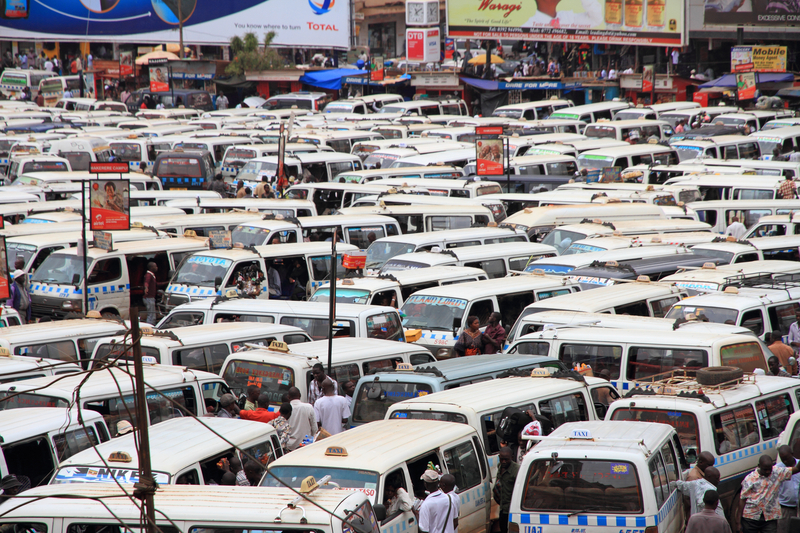The African Development Bank (AfDB) has provided a further €217m for a 27km expressway linking Uganda and Rwanda, bringing the total spend for the project to €424m.
The Busega–Mpigi and Kagitumba–Kayonza–Rusumo Roads Project will cut travel time between Uganda’s capital Kampala and Rwanda’s capital Kigali from over two hours to 45 minutes.
The intent is to improve access to markets, social services and reduce congestion in Busega and Mpigi, a current bottleneck between the capitals.
New financing will fund construction of interchanges, bridges, toll areas and service lanes, including the Busega Interchange.
The €217m comprises a €188m loan, with smaller financing coming from the Ugandan government and AfDB subsidiary, the African Development Fund.
The project is due to create 1,200 jobs, 800 during construction and 400 during the expressway’s operation.
The original cost of the project was estimated at €176m, with AfDB saying the new €424m price tag was due to increased scope.
In 2016, the AfDB provided €210m in loans and grants to the Governments of Uganda and Rwanda for the Busega to Mpigi leg of the expressway.
In 2024, it was announced the 25.7km Busega to Mpigi Expressway would be built by a Chinese state-owned joint venture of China Civil Engineering Construction Cooperation and subsidiary China Railway 19th Bureau Group.
George Makajuma, the AfDB’s principal transport engineer, said: “This project is more than a road; it is a lifeline for communities and a gateway for trade.
“The additional financing ensures that the Busega–Mpigi Expressway delivers safer, faster, and more inclusive transport for millions, unlocking the region’s economic potential.”
The additional €217m financing will allow for construction to restart in January 2026, due to be completed in December 2029 with full completion estimated for 2030. By Joe Quirke, GCR





